Just a few decades ago, people could not imagine life without starching things, but now this trend has faded into the background. Firstly, no one wants to spend time on it, and secondly, the production of all modern detergents, it would seem, completely replaces the labor-intensive process of starching. However, starch itself is more useful and has its own special properties.
Why starch things?
Many modern women do not understand how to starch fabric at home, because store shelves are overflowing with a variety of care products. However, the starching procedure has a huge number of advantages that other products do not have. As a result:
- durable fabric that doesn't tear as easily as unstarched fabric;
- items are not subject to stretching and generally hold their shape better;
- when stains get on them, they are not absorbed but remain on the surface, making them easy to wash off;
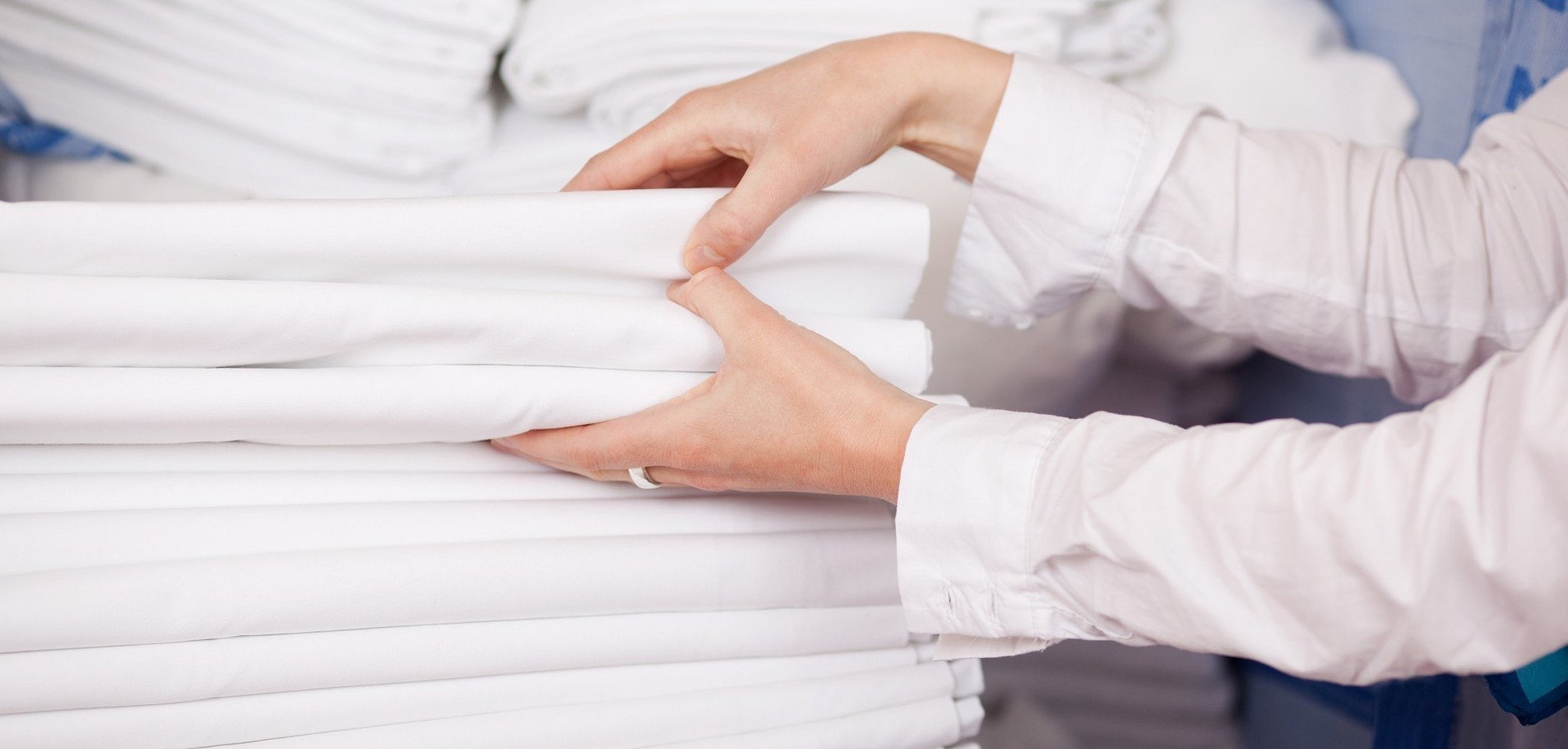
- all dirt remains on the top protective layer of starch, and the starch itself dissolves very well in water, so the item is very easy to wash off;
- starch to some extent replaces bleach, but is more gentle on fabrics;
- things smell fresh.
Is it possible to do without starch?
The starch solution is not suitable in all cases, for example, for synthetic fabrics it will be more effective to replace it. Possible options:
- sugar. Diluted with water 1:2. It is important to dissolve the sugar in the water before it boils, otherwise it may burn and give things a reddish tint;
- gelatin. From 2 to 4 spoons per liter of water (depending on the desired stiffness of the fabric). Gelatin swells in water, after which you need to heat the water until it dissolves completely. Thanks to this method, fabrics become shinier;
- PVA. The most common glue can help give the products a rigid shape. Proportions - 1 part glue to 2 parts water;
- ready-made mixtures, boric powder. Most often they are sold in stores in the form of sprays and are quite convenient to use, some of them can be added to the washing machine.
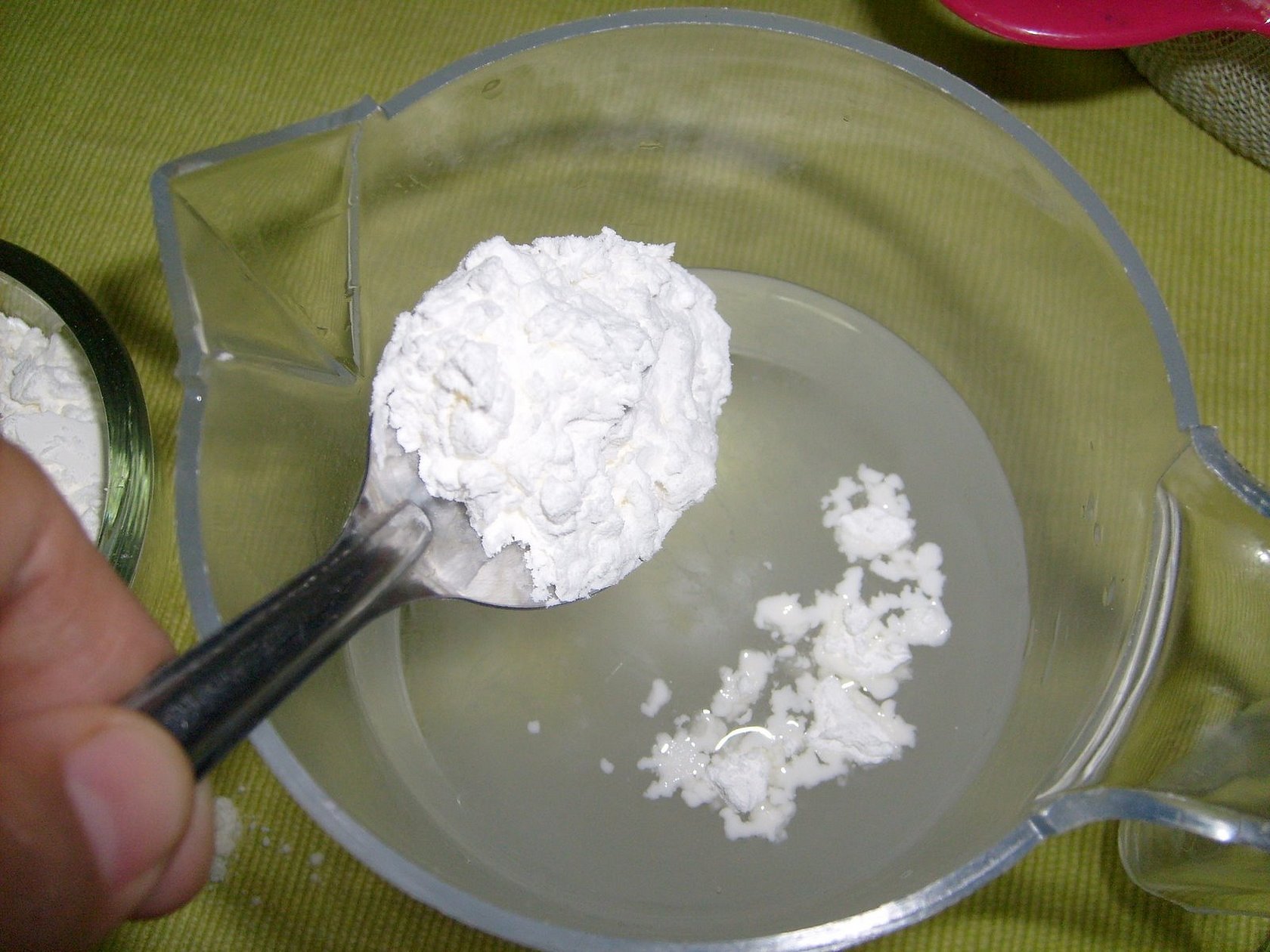
What things should not be starched
Despite the large number of advantages, starching is not possible for everything. In some cases, it can only cause harm:
- Everyday summer clothes. Because starch coats the fabric with a hard layer, it is less breathable, so the body will not breathe;
- underwear and children's clothing. These items must remain hygroscopic and soft, so as not to harm the skin in any way;
- dark and colored items. Due to the bleaching effect, the color of the fabric may change significantly or become stained;
- synthetic fabrics. They will not become starchy, so it is better to use alternative methods;
- embroidery. Starch can stick the threads together and the embroidery will be ruined.

What to consider when using starch
How to starch fabric - the procedure is not complicated, but requires some skills and knowledge. Recommendations for starching;
- the procedure must be repeated approximately once every 4 washes, but not every time;
- If you wring out starched fabric, you can get creases, so it is better not to overdo it;
- for delicate items like lace, it is better to make a solution with rice starch and milk instead of water;
- Only freshly washed items are starched;
- the cloudy solution should not be used; if you don’t want to pour it out, you can boil it for 5 minutes;
- the thick mixture can be diluted with water, the main thing is to warm it up first;
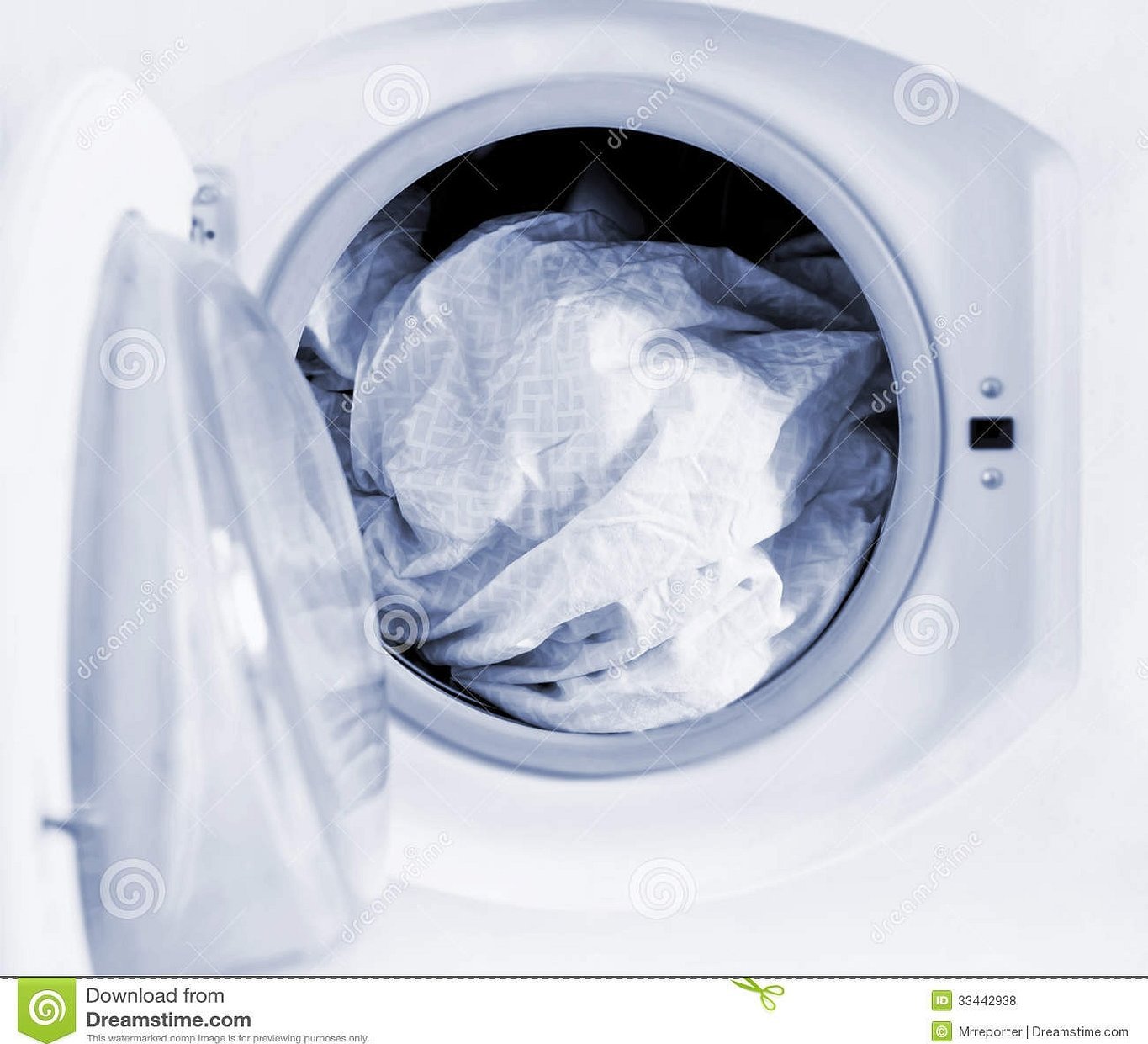
- to achieve shine and smoother smoothing, add a quarter teaspoon of salt to the solution;
- iron clothes after the procedure slightly damp, and if they have already dried, go over them with a damp cloth. To be on the safe side, it is better to cover the starched fabric with gauze and iron through it;
- things should dry naturally, away from radiators and direct sunlight;
- sometimes a grayish powder is sold in stores, it cannot be used immediately. Such starch is soaked in water, all unnecessary particles settle, and then the solution is filtered and it is ready for use;
- If you don’t like the result after starching, you should simply wash the item.
Basic methods of starching fabric
To starch, there are several step-by-step methods with their own characteristics, this can be done at home:
- soft method. The most gentle with a small amount of starch. This method is suitable for delicate items such as silk or chiffon items, blouses, bed linen, curtains.
- semi-rigid method. This method is used most often. It is good for all products that should not wrinkle and should somehow hold their shape. It is used for shirts, tablecloths, lace napkins.
- hard method. Used for things that need to hold their shape. For example: collar crafts, knitted vases, cuffs, petticoats.
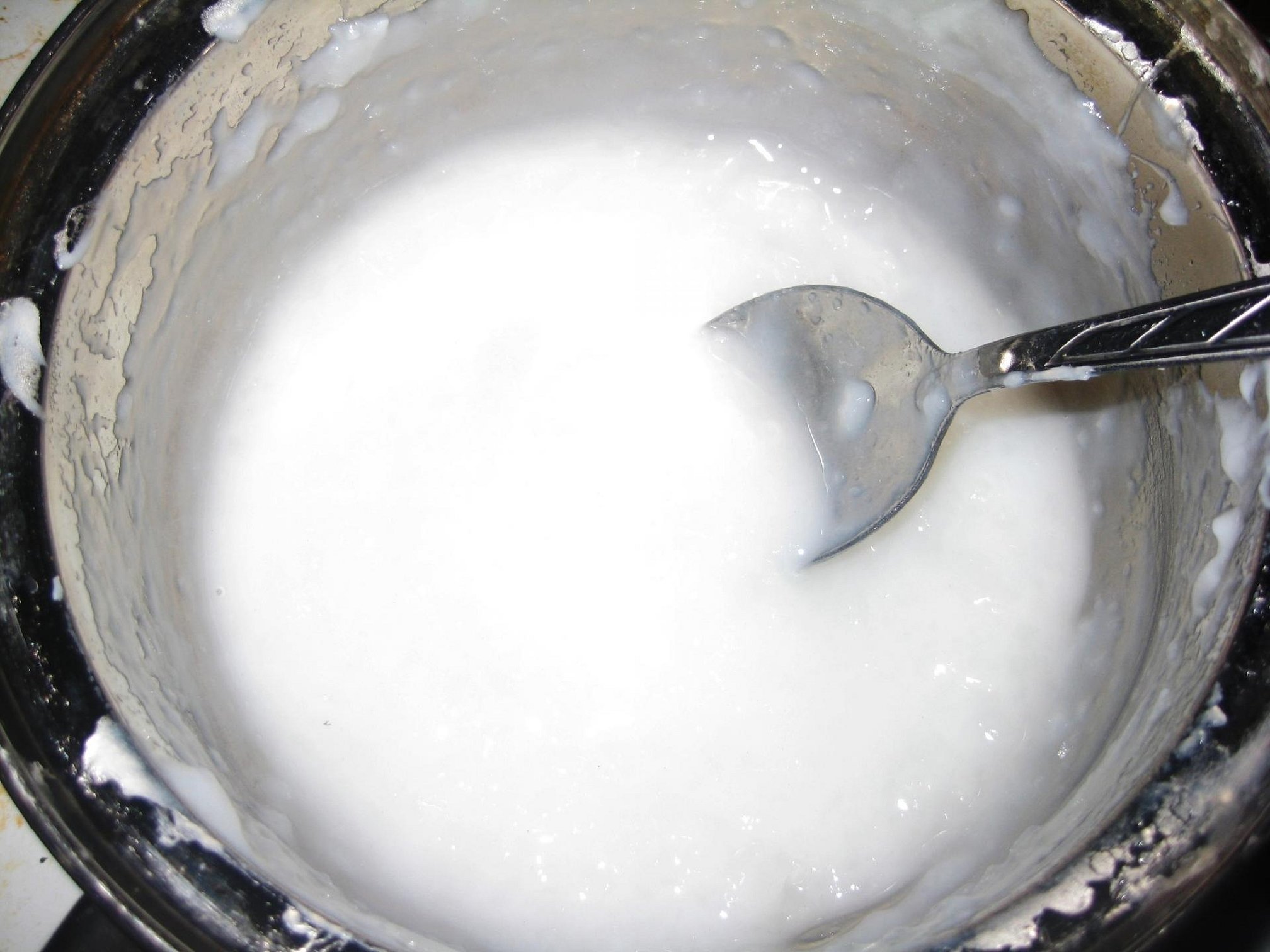
Preparation of the solution
In order to make starching, you need to use a solution. There are a lot of ready-made products on the shelves in stores, but as practice shows, it is better to use home methods.
Important! The starching solution is made from only two ingredients - water and starch. In general, potato, corn or rice starch is used, but the last two do not give a very good standing result. But potato is ideal. This solution is very well absorbed into the fabric and after ironing creates a protective layer on it.
Each starching method has its own characteristics. For soft, take 1 teaspoon of starch per 150 ml of water, you can even pour this solution into a spray bottle and go over the entire product. For medium, 1 tablespoon per 1 liter of water, visually similar to jelly.
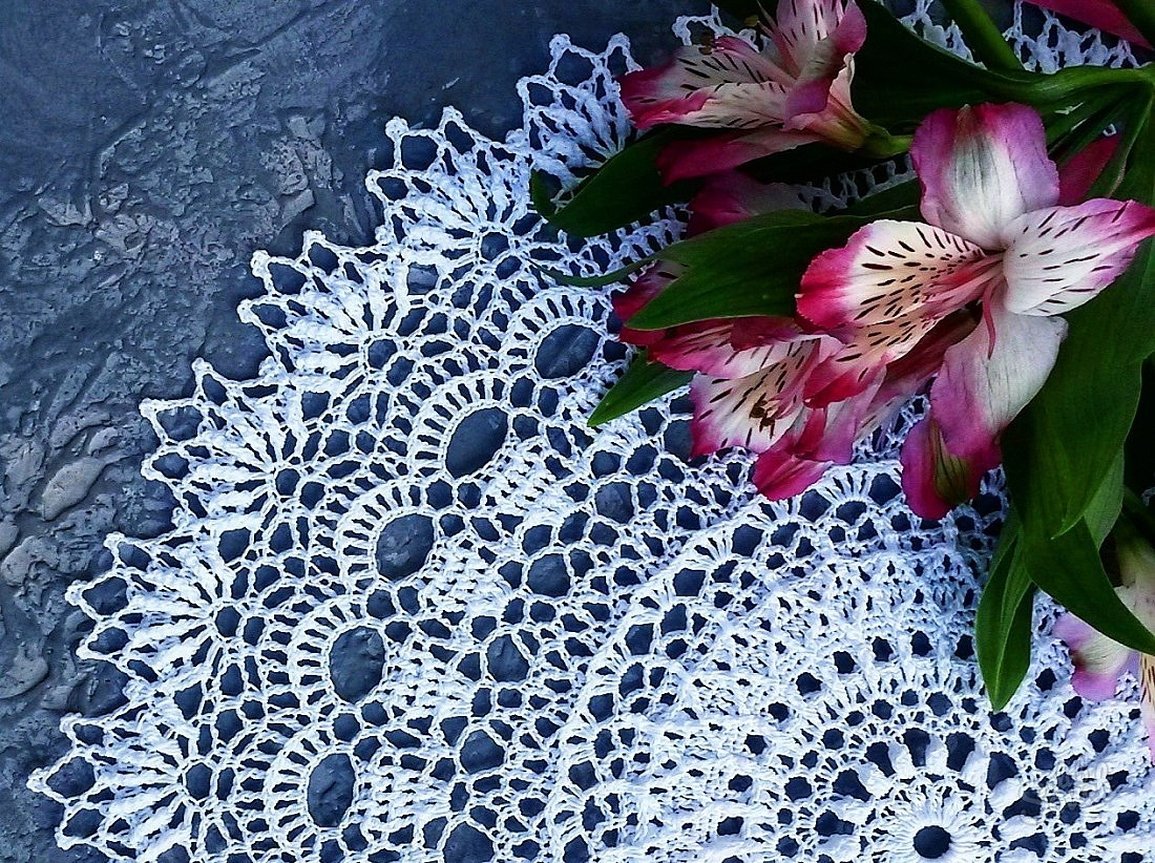
How to properly starch things with PVA glue
PVA glue is very easy to use. It does not need to be boiled to get a solution, but it is enough to take 1 part of the glue and add it to 1 part of water. The product is simply dipped into the resulting mixture until it is completely soaked. After this, the item should be taken out and dried. If necessary, iron it like any other starched items.
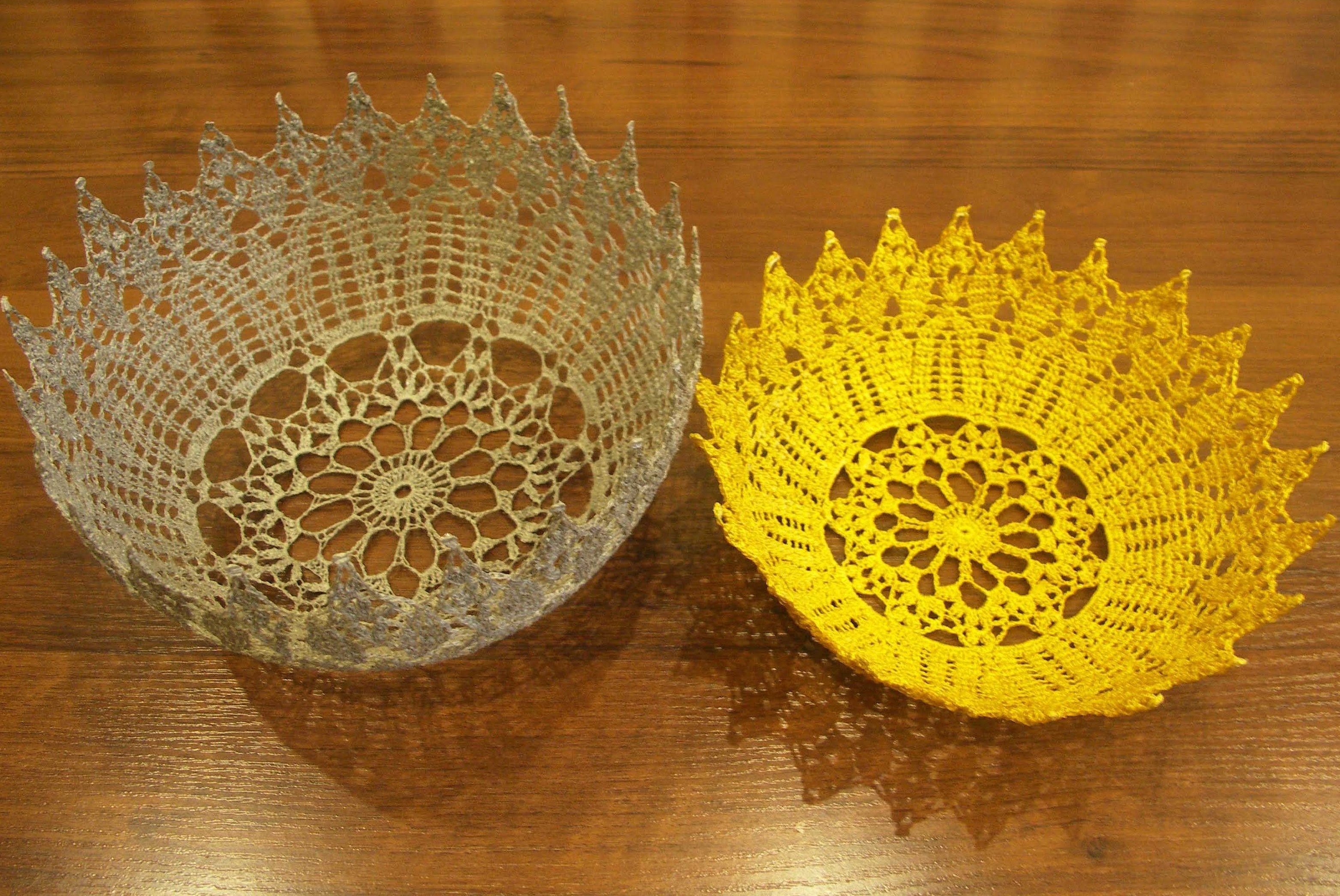
How to Starch a Shirt Collar
In order to starch a separate part of the product, you need to do it delicately, especially if it is a black collar. The most convenient way is to take a sponge, thoroughly wet it in the solution and go over the collar with it. Leave it like this for 15 minutes, and then iron it. If you leave it to dry completely, it is not scary. For hard 2 tablespoons per 1 liter of water.
How to Dry a Starched Item Properly
There is nothing complicated in drying such things, the main thing is to remember a few rules:
- natural drying only;
- exposure to direct sunlight is prohibited;
- exposure to low temperatures is prohibited;
- You cannot dry things on a radiator or heater.
Important! If you need it urgently, you can dry the item through gauze using an iron.
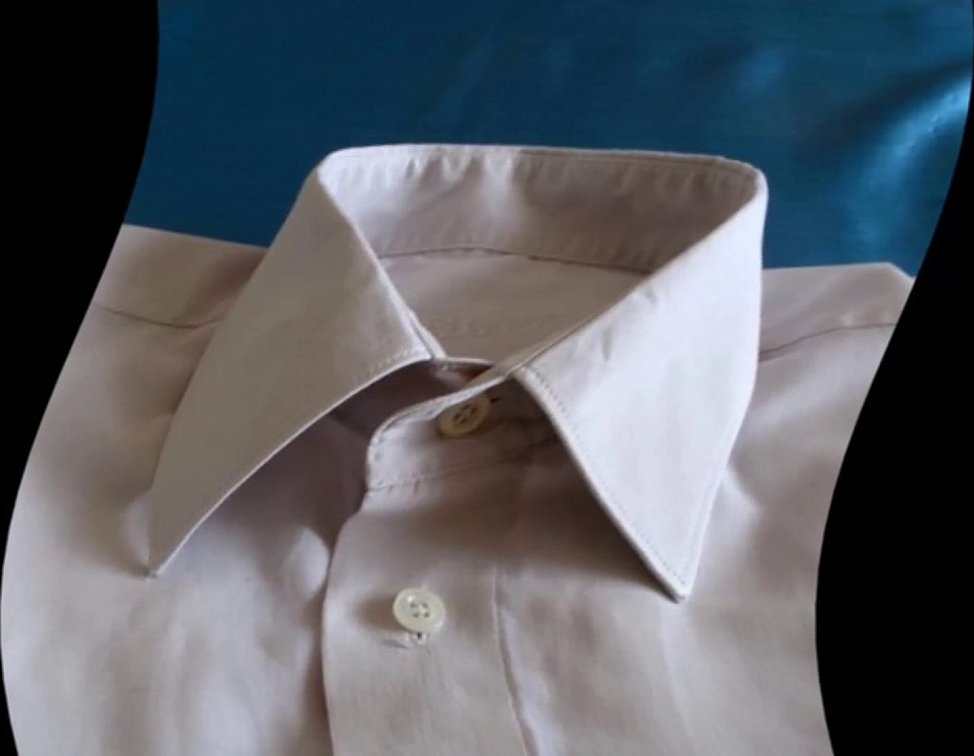
How to iron
Ironing starched items is recommended to be more delicate than regular ones, so you need to know some nuances:
- damp items are easier to iron, so after the procedure it is better not to let them dry completely;
- Collars and cuffs should always be ironed first;
- you cannot use steam on an iron, as the items will lose the properties they received from starch;
- for better smoothness, you should add a little salt to the solution, so that things will not stick to the iron;
- when using the hard starching method, do not iron items dry to avoid streaks forming on them;
- You should always iron through gauze.

Starch gives things a well-groomed appearance. There is no need to buy expensive new products that increase the rigidity of things. How to starch fabric at home, you can study in the article. A powder of natural origin will cope with a simple task.




